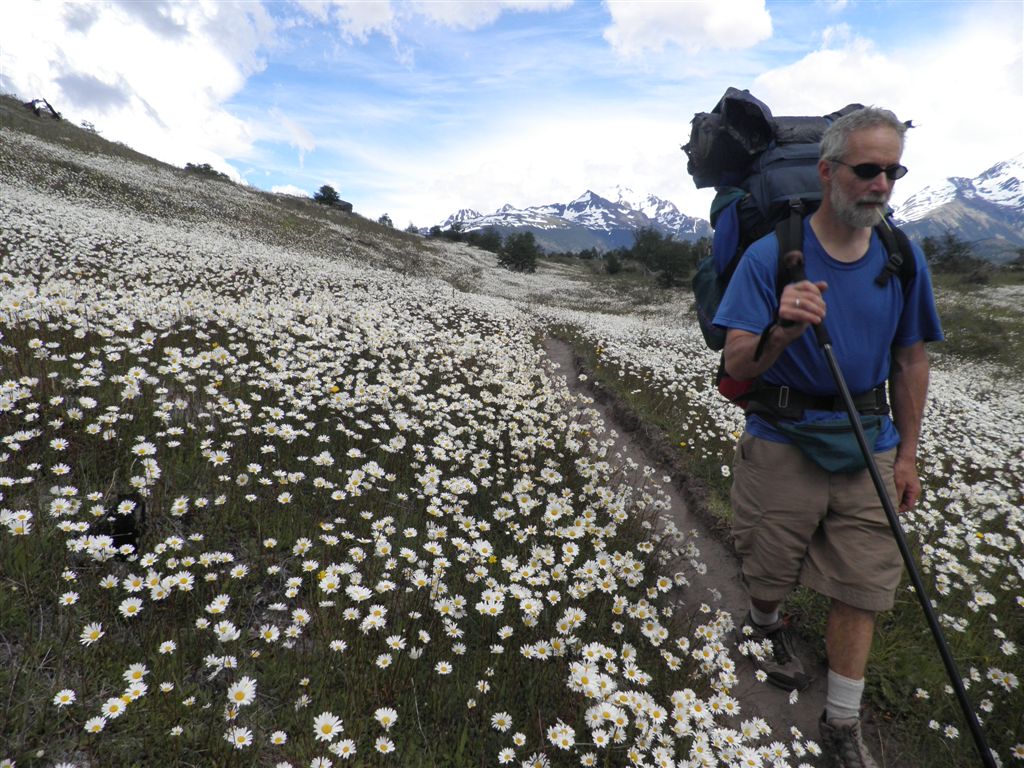Patagonia looks like “Alaska on steroids,” my kids remarked.
My family came over winter break to backpack the 87-mile Paine Circuit. It circles the Paine massif of 10,000ft (3,200m) peaks and edges a 240-mile-long glacier before climbing to a wind-tunnel pass and looping back around. It’s considered one of the top treks in the world.
– Plan early
– Purchase supplies in Puerto Natales (limited goods available inside the park)
– Pack for inclement, cold weather, even in ‘summer’
